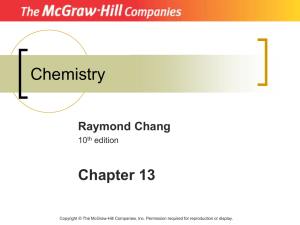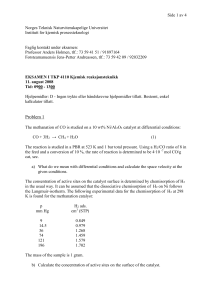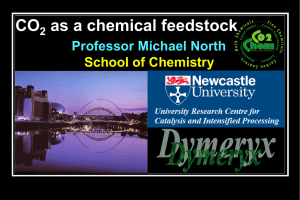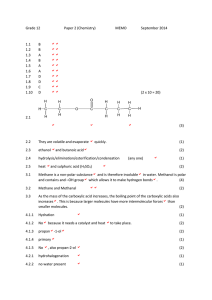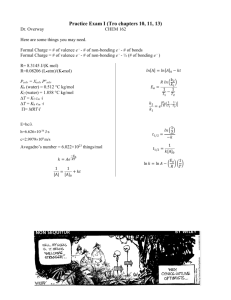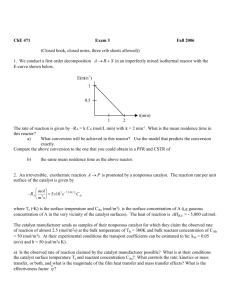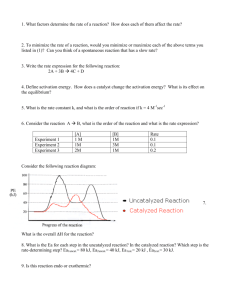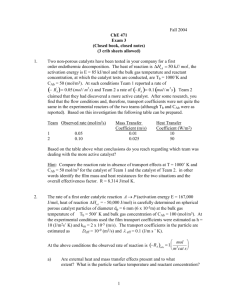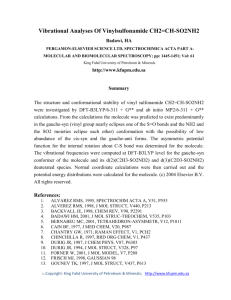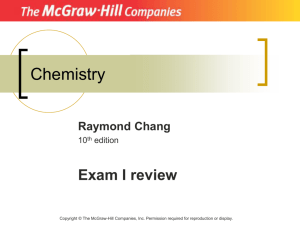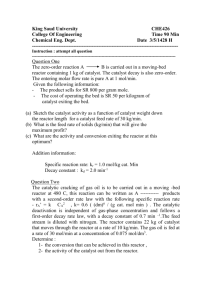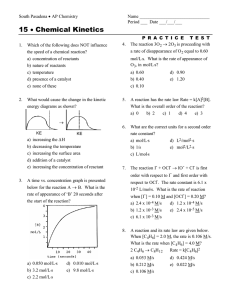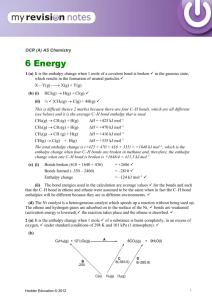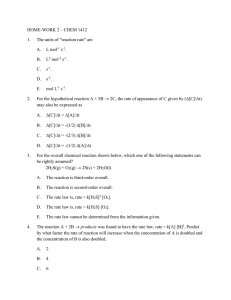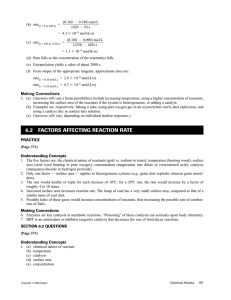On the effect of Catalyst loading in Pd
advertisement
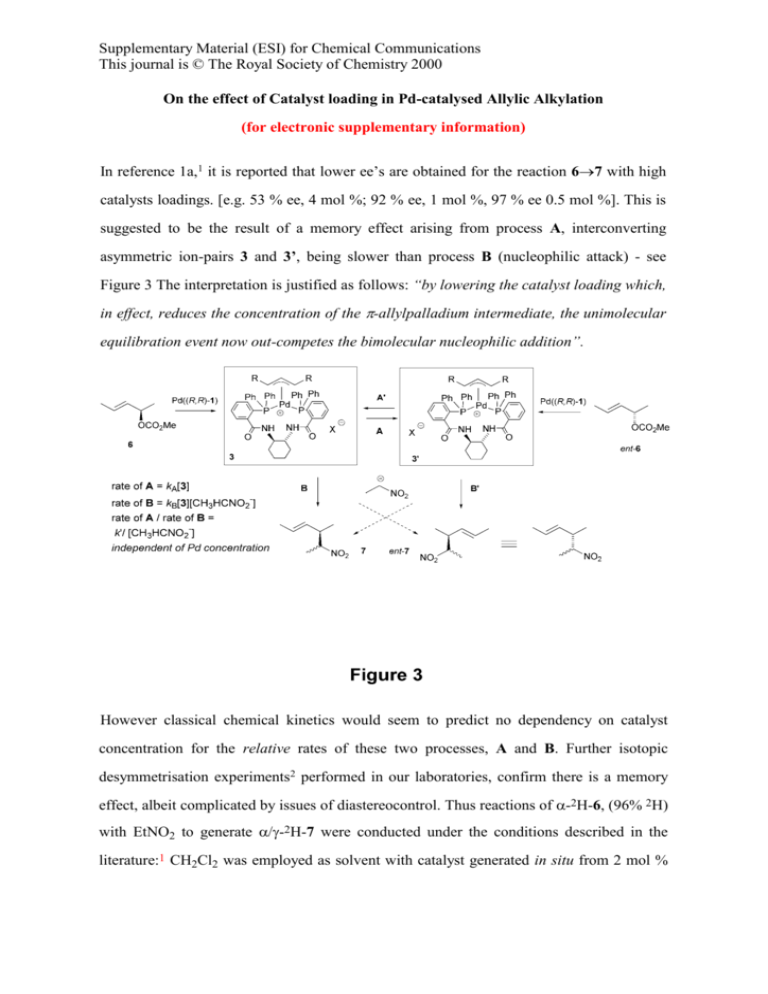
Supplementary Material (ESI) for Chemical Communications This journal is © The Royal Society of Chemistry 2000 On the effect of Catalyst loading in Pd-catalysed Allylic Alkylation (for electronic supplementary information) In reference 1a,1 it is reported that lower ee’s are obtained for the reaction 67 with high catalysts loadings. [e.g. 53 % ee, 4 mol %; 92 % ee, 1 mol %, 97 % ee 0.5 mol %]. This is suggested to be the result of a memory effect arising from process A, interconverting asymmetric ion-pairs 3 and 3’, being slower than process B (nucleophilic attack) - see Figure 3 The interpretation is justified as follows: “by lowering the catalyst loading which, in effect, reduces the concentration of the -allylpalladium intermediate, the unimolecular equilibration event now out-competes the bimolecular nucleophilic addition”. However classical chemical kinetics would seem to predict no dependency on catalyst concentration for the relative rates of these two processes, A and B. Further isotopic desymmetrisation experiments2 performed in our laboratories, confirm there is a memory effect, albeit complicated by issues of diastereocontrol. Thus reactions of -2H-6, (96% 2H) with EtNO2 to generate -2H-7 were conducted under the conditions described in the literature:1 CH2Cl2 was employed as solvent with catalyst generated in situ from 2 mol % [Pd2dba3.CHCl3] and 6 mol % 1a. The additives O,N-bis(trimethylsilyl)acetamide and Bu4NCl were also employed as described. These reactions gave 1.0 / 1.2 -2H-7 in 66% ee, 92% yield (after chromatography), 27% de; ee diast-7 39% (de and ee measurements were made by chiral-GC; -ratios were measured by 1H and 13C NMR). We note when 4 mol % catalyst is generated from racemic 1a, the diastereomeric excess observed in 7 is much higher (> 85 %) due to powerful kinetic resolution and a high de in the matched manifold. References 1 2 a) B. M. Trost, J.-P. Surivet, J. Am. Chem. Soc., 2000, 122, 6291; b) ibid, Angew. Chem. Int. Ed. 2000, 39, 3122. G. C. Lloyd-Jones, S. C. Stephen, Chem. Eur. J., 1998, 4, 2539
